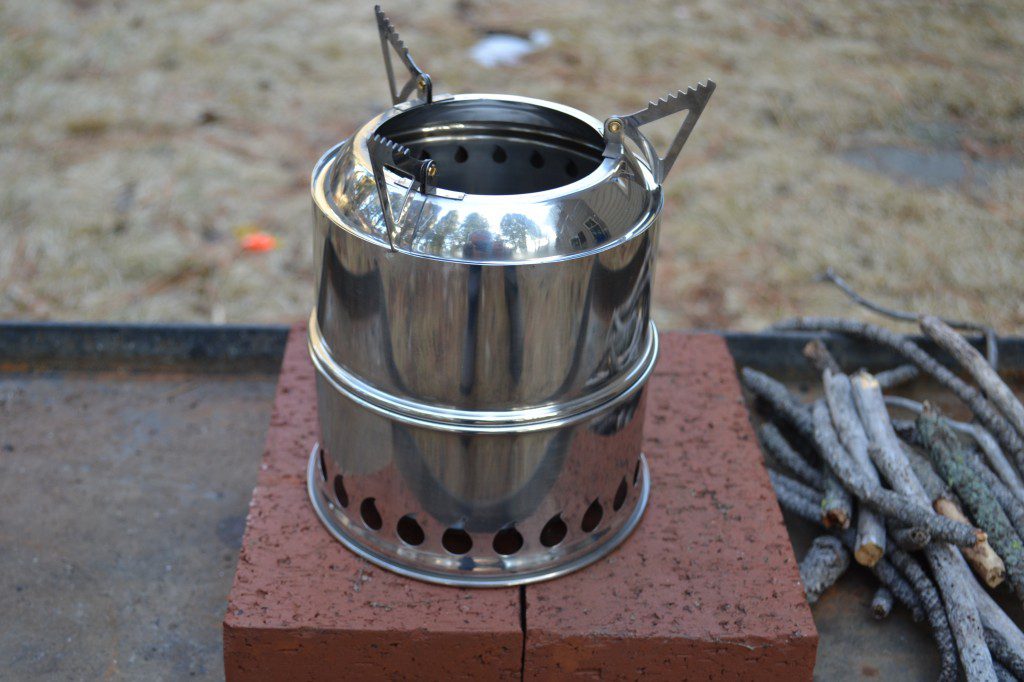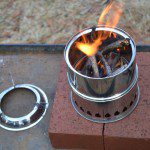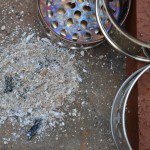Looking for a way to cut backpack weight? Or a practical stove for an emergency kit? A biomass stove might be what you need, and here is one worth considering.
by Leon Pantenburg
The concept of using biomass to fuel a stove is one whose time has come, IMO, and the designs just keep getting better.
A biomass stove, for newcomers, is fueled by twigs, pine cones, smaller sticks etc. Essentially, you can grab a handful of material and have plenty of fuel to boil water and cook a meal. The stoves don’t require much fuel, and there’s no need to carry bulky, heavy fuel canisters or containers.
I like the SilverFire biomass stoves. I’ve tried and tested the DragonPot, Hunter and Survivor stoves and now the Scout. (Check out the video reviews) Overall, I’ve found the whole product line to be well-made, affordable and durable.
Here are the SilverFire® Scout specs:
- Stove height assembled: 6-3/4 inches
- Diameter: 5 inches (The same size as a DVD!)
- Collapsed: 2 -1/2 inches
- Weight: 12 Oz
- Construction: All stainless steel
- Combustion design: TLUD (Top Lit Up Draft) stoves are the product of extensive laboratory research. Also known as Wood Gasification Stoves, a well tuned TLUD mixes hot flu gases with primary and secondary preheated air, resulting in clean combustion.
- No moving parts, no electronics.
- Low emissions and low fuel consumption.
An uninsulated enamelware cup with no lid was used to test boil times. The wind and cold temperatures added to the challenge. All things considered, the stove performed very well.
- Easy assembly: The stove fits together easily and is very solid when assembled. It comes with a nylon bag for storage and carry.
- Compact: It disassembles into a small, easily packed unit. It doesn’t take up much space in your pack.
- Protective ash plate: The ash plate below the combustion chamber is sturdy and appears rugged. It should last a long time, and does an excellent job of containing ashes.
- Lack of smoke: Frankly, I would have been very surprised if the damp, crappy sticks didn’t smoke. But the materials burned very cleanly, all things considered. As it was, the fire started quickly, and was soon producing heat. From the time the fire was lighted, to when it was ready to cook, was a few minutes.
- Few ashes: After boiling water and burning for a while, there were only a couple tablespoons of ashes. The combustion design appears to be very effective.
- The three folding pot tab rests appear sort of fragile. I didn’t have any problems, and don’t anticipate any with normal use. But I ask a lot from my stoves, and a gallon pot of stew or a 12-cup coffee pot might get put on it. I might be a little leery of putting too heavy a pot on a Scout.
- There’s no provision for cooking with a small container. You couldn’t heat a Sierra cup or a small diameter container on the Scout without improvising some sort of grill. That’s not a deal breaker for me, but it might be for some minimalists.
Please click here to check out and subscribe to the SurvivalCommonSense.com YouTube channel!




